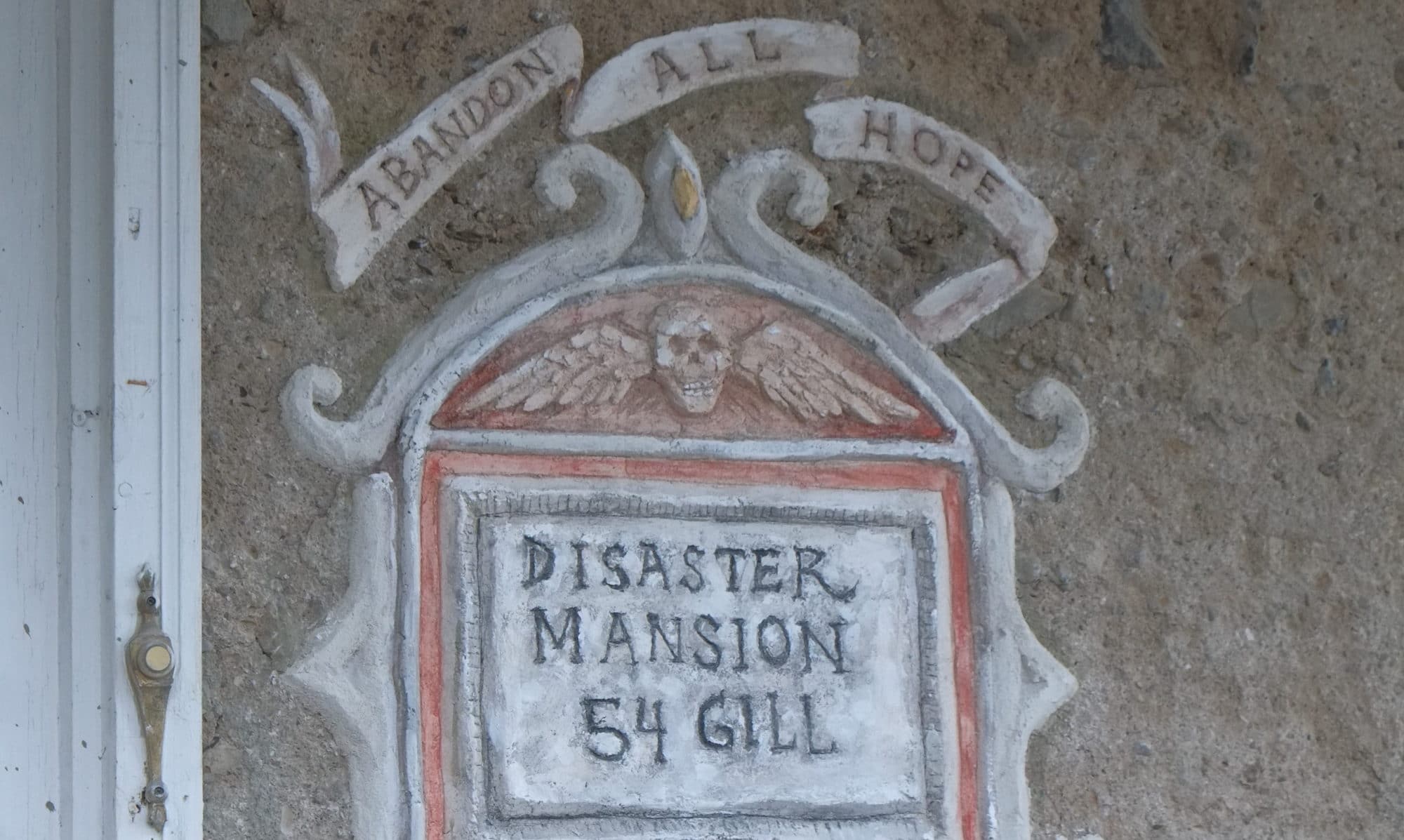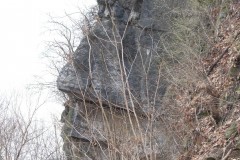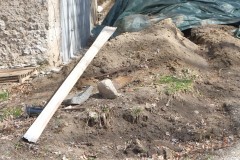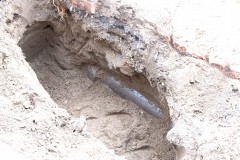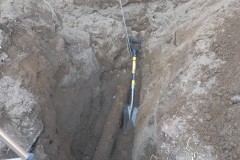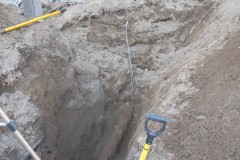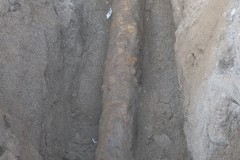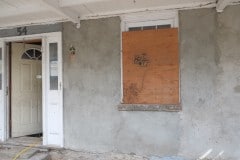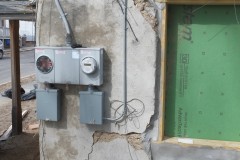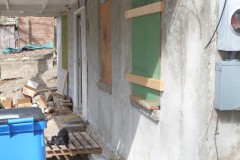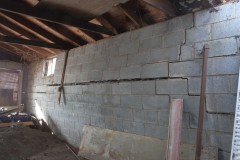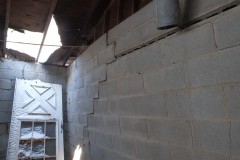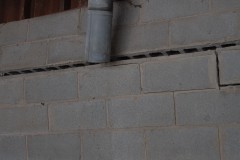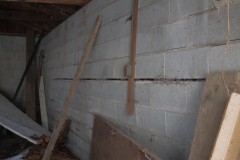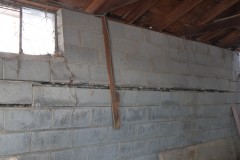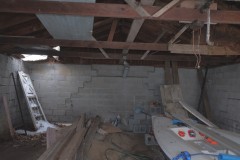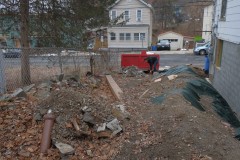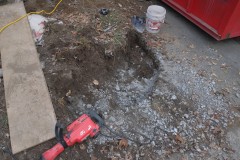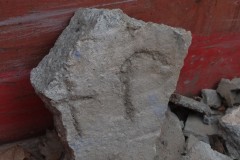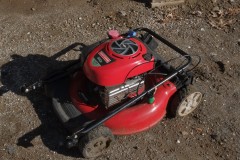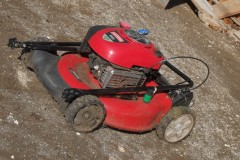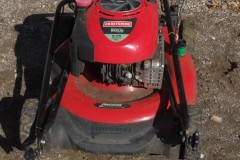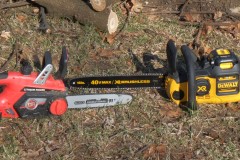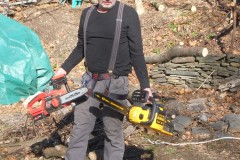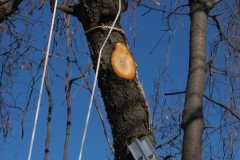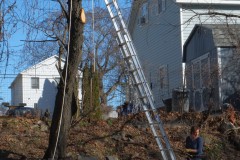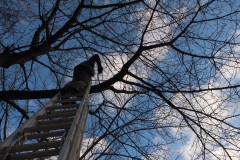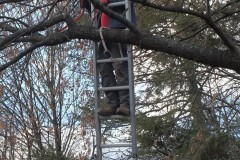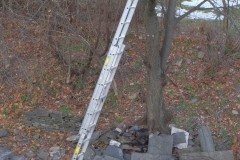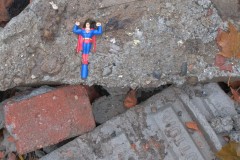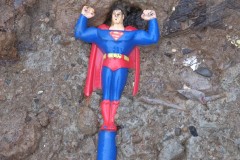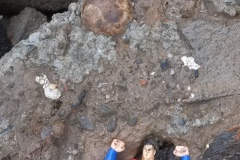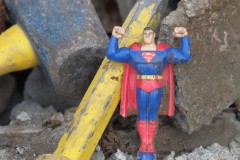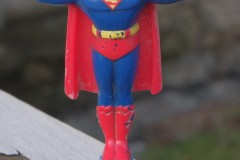As most of you know our house is in Ponckhockie which was first inhabited by Native Americans. Legend has it amongst the locals that the head of one of the chiefs was carved into the rock cliff above Ponckhockie. I didn’t think much of this until last Autumn, just after the leaves had fallen and low and behold you can indeed see a profile of a head on the cliffs. Whether it was carved or a natural rock formation I don’t know but I’d like to believe the former.
On a good day I may have to grab a rope and harness and clear away some of the saplings.
THE INDIANS
In legend and in names they live,
By lake and stream and mountain wild;
Seldom a thought to them we’d give,
Were these reminders but despoiled.
Their forms have faded from the land,
Their songs unheard upon the shore,
They sleep in death on every hand,
Their war-whoops wild are heard no more.
Incidentally the book this poem was taken from mentions that Ponckhockie means place for canoes.
